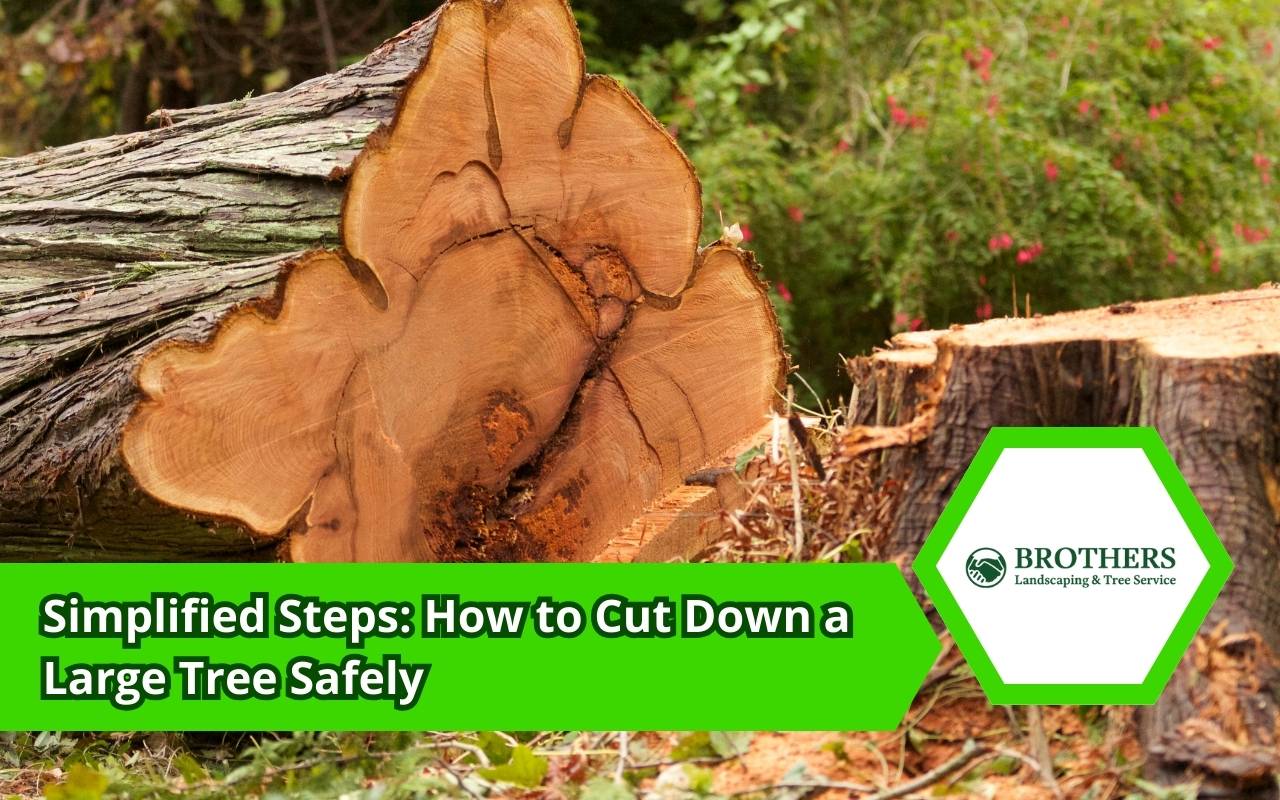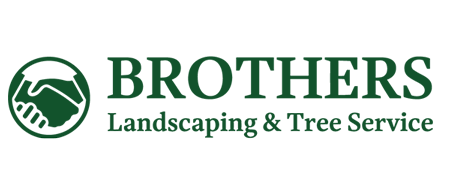
Standing beneath a towering tree, its branches stretching ambitiously toward the sky, can be a humbling experience. These majestic giants offer shade and beauty but can sometimes pose risks to our homes and safety. For any homeowner or land manager faced with the daunting task of removing such a behemoth, the question of how to cut down a large tree safely becomes critical. While it might seem like a task reserved for professionals, understanding the essential steps can empower you to tackle this project with confidence and caution.
In the intricate dance of tree removal, careful planning is paramount. Did you know improper felling of trees causes thousands of injuries annually worldwide? This alarming statistic underscores the necessity of executing each step with precision and awareness. In this blog post, we delve into simplified steps to guide you through the process, ensuring the safety of everyone involved. Whether you’re an enthusiastic DIYer or simply curious, these insights will prepare you to manage the task responsibly.
Assessing Tree Size and Surroundings
Before deciding how to cut down a large tree, begin by carefully examining its size and environment. Start with measuring the trunk diameter at chest height. Next, gauge approximate height using a clinometer or smartphone app. Observe lean direction and growth patterns that may influence falling direction. This preparation ensures you anticipate forces at play and choose proper equipment.
- Measure trunk diameter at 4.5 feet height.
- Estimate tree height using reliable tools.
- Check for lean or irregular growth.
- Survey surroundings for obstacles and hazards.
Equally important is surveying nearby structures, fences, or power lines. Always ensure a clear drop zone. Confirm ground stability, avoiding wet or uneven terrain. With this knowledge, you’ll be better prepared to proceed safely.
Checking for Local Regulations and Permits
Before learning how to cut down a large tree, check regulations. Local jurisdictions often enforce strict rules for tree removal. Contact your municipal office or forestry department for requirements. Many regions restrict removal of certain species or diameters, and penalties for violations can be steep.
Additionally, some homeowners’ associations impose restrictions. Reviewing property deed rules prevents costly delays. Keep permit copies on-site to show compliance if needed. By addressing permits early, you eliminate interruptions to your project.
Creating a Clear Escape Route
A reliable escape route is critical when understanding safe tree felling. It provides a secure retreat once the tree begins to fall. Clear brush, rocks, or debris near your workspace to allow fast movement. Plan two escape paths forming a V-shape at 135 degrees from the fall line. Practicing these routes beforehand prepares you for safe retreat.
Gathering the Necessary Tools and Safety Equipment
A well-equipped toolkit ensures smooth removal. Essential cutting tools include:
- Chainsaw with sharp chain and sufficient bar length
- Crosscut saw as backup
- Wedges to guide tree fall
- Axe or hatchet for adjustments
Equally important is personal protective equipment. Wear gloves, chainsaw chaps, goggles, hard hat, ear protection, and steel-toe boots. High-visibility clothing helps if working near roads. Additionally, inspect your gear before beginning to reduce injury risks.
Making the Initial Cut at the Base
The initial cut, or face cut, guides fall direction. Place the chainsaw at the trunk base on the fall side. Cut about one-third into the diameter. Maintain control with steady motions and use wedges if binding occurs. A stable stance and proper grip increase safety.
Implementing Proper Notching Techniques
A proper notch controls tree direction. Start with a horizontal bottom cut. Add a sloping top cut meeting at an angle. The notch depth should equal one-third of the trunk diameter. This hinge guides the tree in the intended direction.
Executing the Final Felling Cut
Once notched, make the back cut on the opposite side slightly above the bottom notch line. Leave a hinge of wood intact, about ten percent of trunk diameter. Insert a wedge as you cut to maintain separation. When the tree begins leaning, shut down the chainsaw and retreat along your escape route. Stay clear of falling and rolling wood.
Ensuring Proper Cleanup and Disposal
Cleanup is essential for site safety. Remove branches and cut them into manageable lengths. Stack brush for chipping or firewood. Cut the trunk into logs suited for storage or disposal. Always clear sawdust to prevent hazards and encourage regrowth. Consequently, your site remains both safe and visually appealing.
Recognizing Potential Hazards and Safety Tips
Throughout the process, watch for risks like decayed wood or hanging limbs. Remove dangerous branches first using safe techniques. Avoid working alone, and always keep a first-aid kit nearby. Never skip protective equipment, since small mistakes can cause severe accidents. Prioritizing safety guarantees a successful project.
FAQs
Is it safe to cut down a large tree without help?
No, working alone is risky. Always have a partner for safety and assistance during emergencies.
What tools do I need to remove a large tree?
You need a chainsaw, wedges, axe, protective gear, and sometimes backup tools like a crosscut saw.
Do I always need permits to cut trees?
Yes, many regions require permits, especially for large or protected trees. Check local regulations before starting.
How do I choose the right escape route?
Create two routes at 135 degrees from the fall line. Clear obstacles and practice retreat beforehand.
What should I do with the wood after cutting?
Cut logs into manageable lengths. You can stack, chip, or use them as firewood depending on local rules.
Celebrating a Safe and Successful Tree Removal
Successfully mastering how to cut down a large tree combines preparation, tools, and proper techniques. Each step—from planning to cleanup—ensures minimal risk. Additionally, respecting local regulations, setting escape routes, and following cleanup procedures give professional-level results. Consequently, homeowners can complete the task with both confidence and caution.
For further guidance, explore related resources like when to consider tree removal, essential equipment for tree removal, and how to safely remove large trees. If you need professional help, don’t hesitate to contact Brother Tree Service today for expert assistance.
